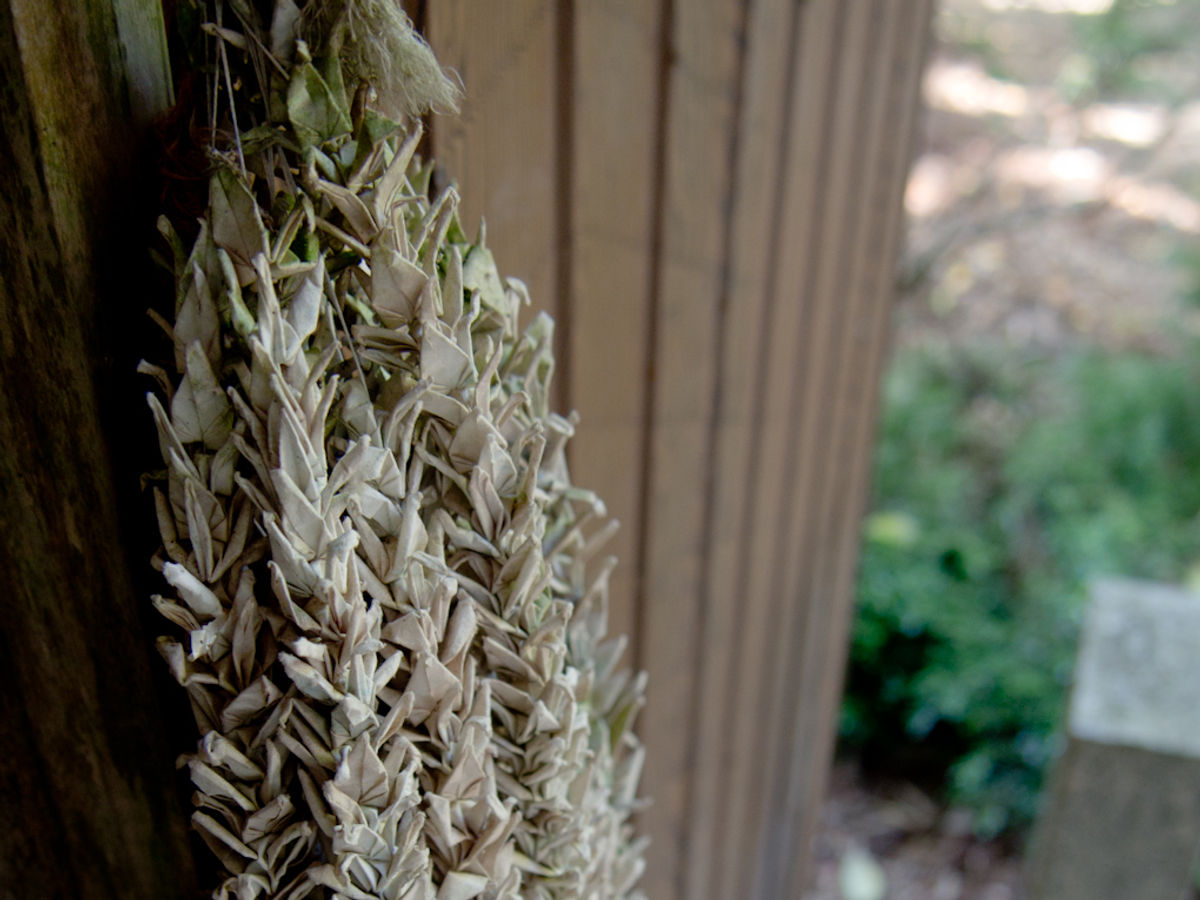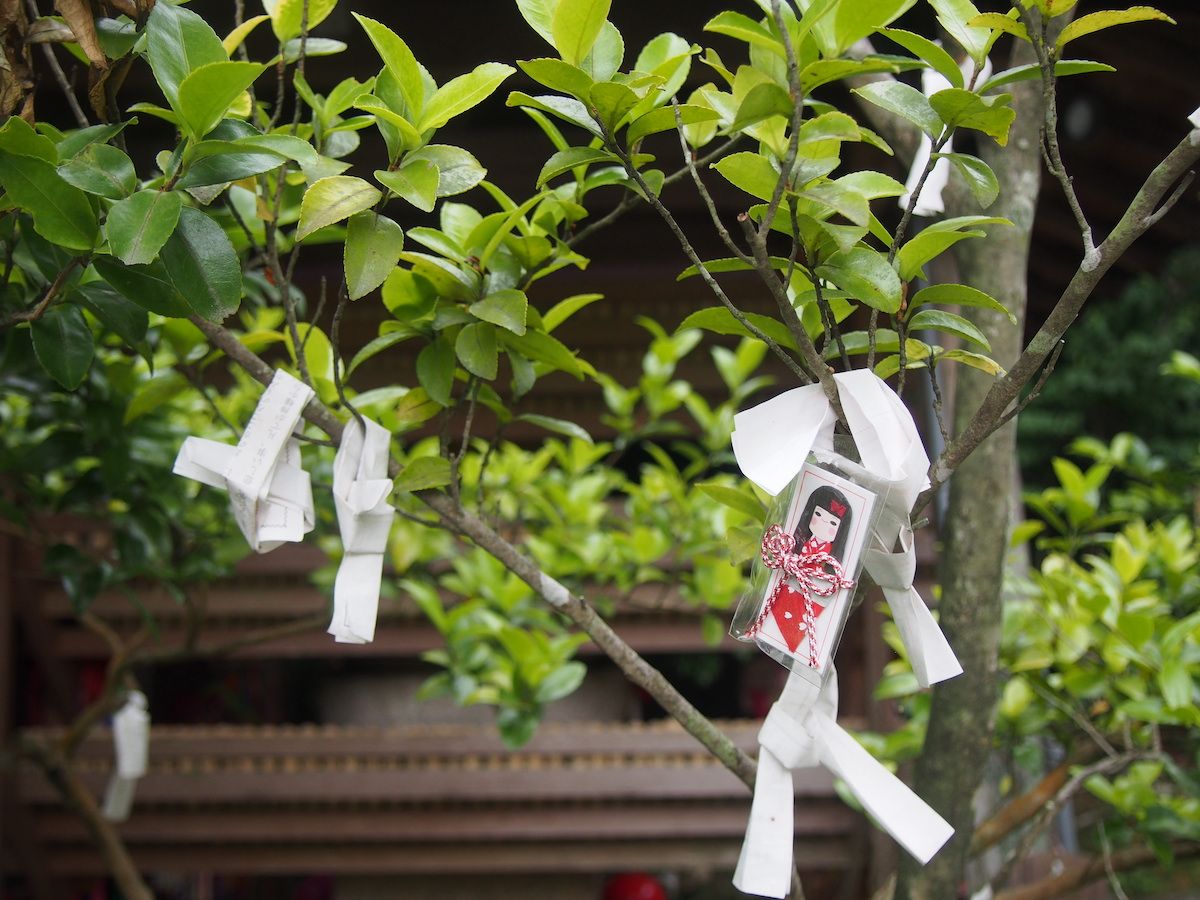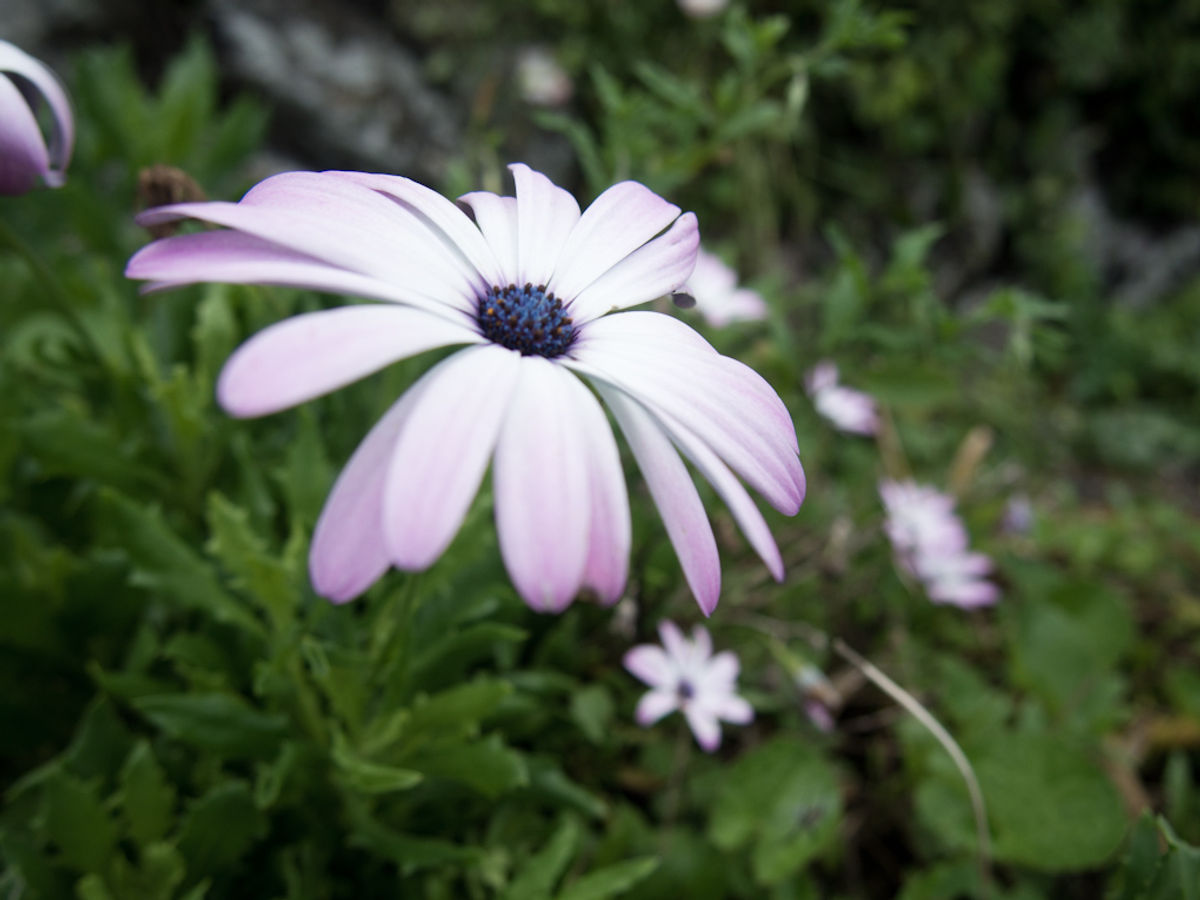
Konomineji, situated on the mid-slopes of Mt. Konomine at an elevation of 450 meters, holds a place of distinction within the rich tapestry of Japanese spiritual history. This temple, renowned for its deep historical roots and spiritual significance, is enveloped in the lush greenery that characterizes the region, offering breathtaking views of the Pacific Ocean from its serene location. Its history is intertwined with the narratives of devotion, miraculous healings, and the perseverance of faith through the ages.
The origins of Konomineji can be traced back to an era when it was believed to be established under the divine auspices of Empress Jingu (reigned 201-269), making it one of the oldest spiritual sites, initially dedicated to the worship of Amaterasu Omikami. The temple’s historical significance is further highlighted by the tale of Iwasaki Yataro’s mother, the matriarch of the Mitsubishi conglomerate, who undertook a strenuous 20km pilgrimage to the temple over 21 days to pray for her son’s success during the tumultuous final years of the Tokugawa shogunate.
The Meiji government’s policy of separating Shinto and Buddhist practices led to a challenging period for Konomineji, during which it was relegated to a shrine status, and its principal deity was transferred to Kongochotenji, marking a temporary lapse in its status as a Buddhist temple. However, resilience and dedication to the spiritual and cultural heritage of the site saw the temple’s revival in the Meiji period, when efforts were made to reconstruct the temple buildings and reinstate the deity, overcoming the obstacles presented by the lack of formal temple recognition until it was officially acknowledged with the transfer of Jizo-in from Ibaraki Prefecture in the Taisho era.
The temple grounds are a testament to the harmonious integration of natural beauty and spiritual devotion, featuring meticulously maintained Japanese gardens that bloom with seasonal flowers, providing a tranquil backdrop for contemplation and worship. The revered Ishimizu, a spring located behind the bell tower, is celebrated for its curative properties, embodying the temple’s longstanding association with healing and renewal. Pilgrims and visitors are drawn to the spring, known as “Konomine’s Water,” believed to have the power to cure all illnesses.
Konomineji’s landscape is punctuated with the vibrant hues of Yoshino and Yaezakura cherry trees in spring, making the journey to the main hall a visually stunning experience that complements the spiritual pilgrimage. The temple, recognized as one of the more challenging destinations on the Shikoku Pilgrimage due to its mountainous location and the steep approach, remains a symbol of the perseverance required on the path to enlightenment. It is perhaps the hardest temple to climb to in Kochi Prefecture.
Konomineji continues to stand as a beacon of faith, tradition, and natural beauty, welcoming pilgrims and visitors to experience its sacred atmosphere and the healing waters that have made it a place of solace and rejuvenation for centuries.
Hours
OpenAmenities & Facilities
Key Distances & Elevations










